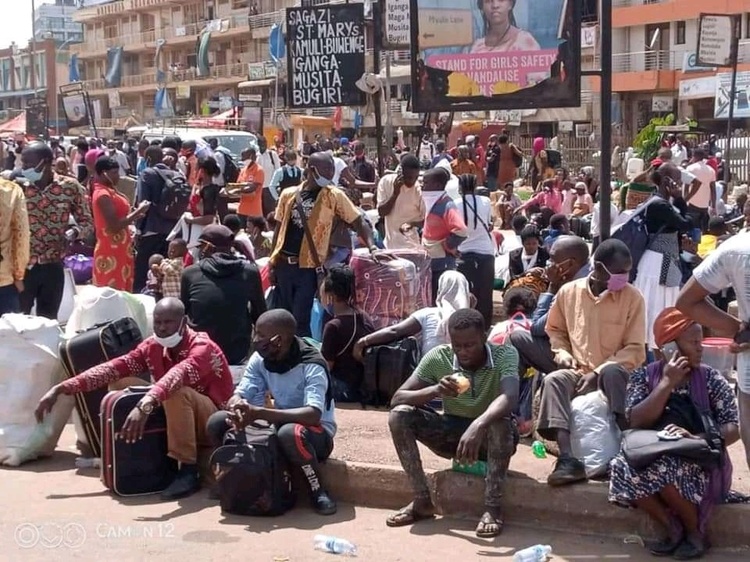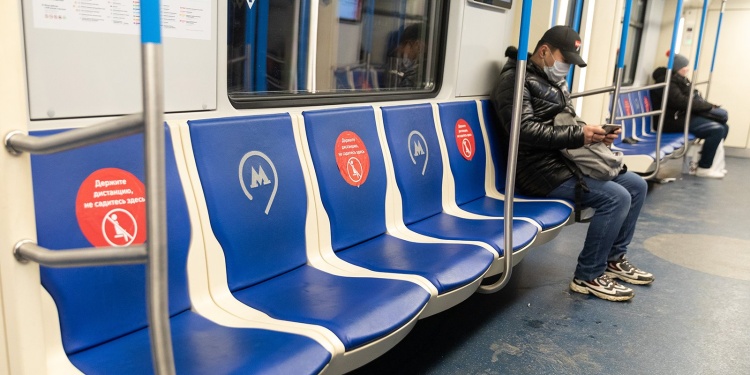
UNICEF releases guidance for safe and healthy journeys to school in COVID
In light of the global pandemic, the United Nations International Children’s Emergency Fund (UNICEF), in partnership with FIA Foundation and Child Health Initiative, published a guidance manual for safe and healthy journeys to school during the COVID-19 pandemic and beyond. The document will be a guide for individuals and organizations when schools reopen, discussing the measures to help keep students safe on school premises.
COVID: the latest facts
In the time of COVID, the goal is to prevent the spread of the virus. In the context of the safe journeys manual, preventing transmission of the virus would revolve around school journeys while also addressing the risk of road traffic injury and air pollution.
COVID-19 and road safety have a common unfortunate characteristic – they hit the most vulnerable people the hardest – Hartwig Schafer
 The assumption that road deaths would go down because of global lockdowns was addressed by Mr. Schafer in his article Road Safety Matters, more so during COVID-19, saying that a closer look at the traffic data reveals that fatality rates per kilometer traveled have increased. He cites higher traffic speed due to lower traffic volumes, lack of enforcement and larger proportions of vulnerable road users account for the increase in road-related fatalities.
The assumption that road deaths would go down because of global lockdowns was addressed by Mr. Schafer in his article Road Safety Matters, more so during COVID-19, saying that a closer look at the traffic data reveals that fatality rates per kilometer traveled have increased. He cites higher traffic speed due to lower traffic volumes, lack of enforcement and larger proportions of vulnerable road users account for the increase in road-related fatalities.
The Association for Safe International Road Travel expressed the same observation in their article Road Safety During COVID-19, saying that as roads become less crowded with vehicles, many drivers exceed the speed limit at dangerous levels.
Key Actions
To help keep students safe, UNICEF has listed ten key actions that could be integrated into school reopening plans, mainly; engage the entire community, ensure physical distancing, prioritize non-motorized transport to support physical distancing, make it safe for vulnerable road users, help students who use non-motorized modes of transport, reduce private vehicle use, treat school buses as extensions of classrooms, promote safety and hygiene, ensure equal access to transport, and sustain changes in the long term.

Under these key actions, more specific tasks are identified and described so that it can guide groups from community members to policymakers in efforts to help keep students safe on their way to school and the rest of their educational journey.
In the manual, UNICEF adds a checklist for different stakeholders to support safe and healthy journeys to school.





 Speed management
Speed management
 The course would take two weeks or thirty (30) working hours.
The course would take two weeks or thirty (30) working hours.


 social distancing while traveling. In most cases, however, passengers pay higher fares and are still crowded in the vehicle to capacity.
social distancing while traveling. In most cases, however, passengers pay higher fares and are still crowded in the vehicle to capacity.
 There are always opportunities for improvement. To discover better ways, travelers should ensure their own safety and speak when the health protocols are being violated.
There are always opportunities for improvement. To discover better ways, travelers should ensure their own safety and speak when the health protocols are being violated. 
 To continuously push the road safety movement forward, young people need to be involved. Youth have deep insights into the reality of road safety on the ground.
To continuously push the road safety movement forward, young people need to be involved. Youth have deep insights into the reality of road safety on the ground. 